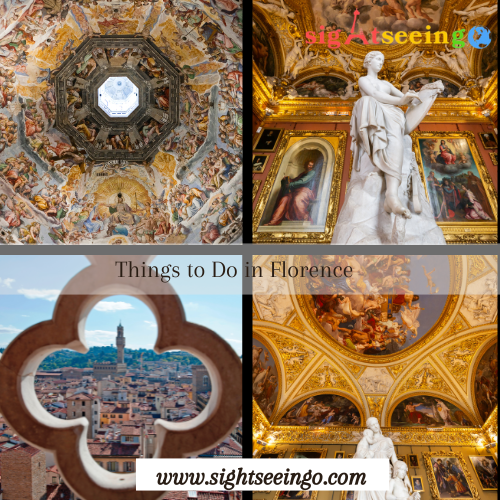The Udayagiri and Khandagiri caves, located on the outskirts of Bhubaneswar in Odisha, are a treasure trove of history, art, and spirituality. These twin hills house an impressive collection of rock-cut caves dating back to the 2nd century BCE. Carved during the reign of King Kharavela, these caves serve as a testament to Jain heritage, showcasing intricate craftsmanship, religious devotion, and historical significance.
Historical Significance
The Udayagiri caves and Khandagiri caves were primarily created for Jain monks. They provided monastic shelters and served as meditation spaces. King Kharavela of the Mahameghavahana dynasty, a staunch supporter of Jainism, commissioned many of these caves to promote the religion.
The inscriptions within the caves detail the achievements of King Kharavela, offering insights into his conquests, patronage of the arts, and religious devotion. These inscriptions are among the earliest examples of historical writing in India and provide valuable context to ancient Indian culture.
Architectural Marvels
The caves display a blend of simplicity and intricate artistry. The Udayagiri caves consist of 18 rock-cut shelters, while the Khandagiri caves have 15. Each cave is unique in design and purpose, reflecting the lifestyle and spiritual practices of Jain monks.
Highlights of Udayagiri Caves
- Hathi Gumpha (Elephant Cave): This cave is renowned for its 17-line inscription detailing King Kharavela’s exploits. The carvings of elephants at the entrance add to its grandeur.
- Rani Gumpha (Queen’s Cave): The most elaborately decorated cave in Udayagiri, it features intricate carvings depicting court scenes, royal processions, and religious motifs.
- Ganesh Gumpha: Named after the elephant carvings, this cave contains inscriptions and sculptures that hold immense historical significance.
Highlights of Khandagiri Caves
- Ananta Gumpha: Known for its serpentine carvings, this cave symbolizes eternity and is a must-visit for its artistic excellence.
- Tatowa Gumpha (Parrot Cave): Adorned with carvings of parrots, this cave reflects a playful yet spiritual theme.
Spiritual Significance
The Udayagiri and Khandagiri caves are not just historical landmarks but also spiritual havens. Jain monks used these caves for meditation and rituals, making them sacred spaces for followers of Jainism. Visitors often feel a sense of serenity, inspired by the caves’ tranquil environment and historical aura.
How to Reach
The caves are about 8 kilometres from Bhubaneswar, making them easily accessible.
- By Air: Bhubaneswar’s Biju Patnaik International Airport is the nearest airport.
- By Train: Bhubaneswar Railway Station is well-connected to major cities.
- By Road: Regular buses and taxis operate between Bhubaneswar and the caves.
Best Time to Visit
The ideal time to visit the Udayagiri and Khandagiri caves is during the winter months (October to February). The weather is pleasant, making it easier to explore the caves comfortably.
Nearby Attractions
- Lingaraj Temple: A magnificent Hindu temple dedicated to Lord Shiva, located a short drive away.
- Dhauli Shanti Stupa: A symbol of peace and Buddhism, this white dome structure offers panoramic views of the area.
- Nandankanan Zoological Park: A popular destination for families, offering a glimpse into Odisha’s wildlife.
Travel Tips
- Wear comfortable shoes as the caves require walking and climbing.
- Carry water and light snacks, especially during summer.
- Hire a local guide to understand the historical and spiritual significance of the caves.
- Respect the sanctity of the site and refrain from touching carvings.
Why Visit the Caves?
The Udayagiri caves and Khandagiri caves offer a unique blend of history, spirituality, and natural beauty. They are a must-visit for history enthusiasts, art lovers, and anyone seeking a peaceful retreat amidst nature. These caves not only showcase ancient India’s architectural brilliance but also narrate tales of devotion and cultural richness.
Conclusion
The Udayagiri and Khandagiri caves are more than just tourist attractions; they are a window into India’s glorious past. A visit to these caves is a journey through time, offering a profound understanding of Jain traditions, ancient inscriptions, and timeless art. Whether you’re exploring the grandeur of the Udayagiri caves or the serene beauty of the Khandagiri caves, this experience is bound to leave you inspired and enriched.




